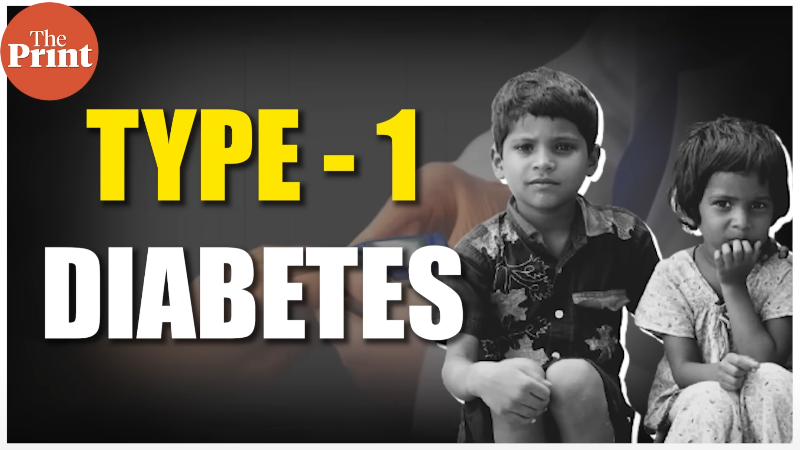by Harvard Pilgrim Health Care Institute
Credit: Pixabay/CC0 Public Domain
Cardiovascular disease (CVD) is a critical public health concern, with risk factors such as high blood pressure, abnormal blood sugar levels, elevated cholesterol, and obesity beginning in childhood. A new study pinpoints the age when cardiovascular health (CVH) trajectories begin to decline, revealing a crucial window for targeted interventions to improve CVH into adolescence and adulthood.
The findings are published December 17 in JAMA Cardiology.
The American Heart Association's Life's Essential 8 guidelines assess cardiovascular health based on four behavioral (diet, smoking, physical activity, sleep duration) and four health factors (body mass index, blood pressure, blood sugar and cholesterol levels).
While the guidelines hold promise to enhance CVH assessment across the lifecourse, U.S. children's cardiovascular health remains suboptimal: only 2% of children aged 2–19 have optimal CVH scores and fewer than one-third have high scores (80–100 points).
"Though we know that better heart health in childhood is linked to lower risks of coronary issues later in life, the current state of cardiovascular health in US children is less than ideal," said lead author Izzuddin Aris, Harvard Medical School assistant professor of population medicine at the Harvard Pilgrim Health Care Institute.
"Our study provides insight into the trajectory of cardiovascular health in early life, establishing a clear window of opportunity to improve the health of the nation's children now and into the future."
Using the Life's Essential 8 construct, the research team studied data from over 1,500 children from the Project Viva pre-birth cohort in eastern Massachusetts. Participant inclusion required information on at least 3 CVH metrics in early childhood or at least 4 metrics in mid-childhood, early adolescence, or late adolescence. The team assessed 6 CVH metrics in early childhood (diet, smoking, physical activity, sleep duration, BMI, and BP), and up to 8 from mid-childhood to late adolescence.
The authors found that CVH scores start to decline around age 10 across all demographic groups, driven by health behaviors rather than health factors.
This decline may reflect social and/or developmental changes that typically occur at this age—such as changes in school schedules that may interfere with meeting guidelines for healthy sleep duration and/or diet—and may affect health behaviors. Improving these health behaviors, especially between mid-childhood and early adolescence, could help optimize CVH.
They also noted small but significant differences in CVH trajectories based on maternal socioeconomic status and child race and ethnicity.
"Our study highlights the potential early influence of structural factors linked to socioeconomic status and race and ethnicity—such as residence in favorable neighborhood environments, the ability to access healthy foods, and proximity to safe community spaces that encourage physical activity—that might contribute to future cardiovascular health disparities," adds Dr. Aris.
"This, in addition to isolating the most vulnerable age for CVH loss, can help improve targeting of preventive efforts to high-risk children, as well as improve our understanding of the early life drivers of CVH loss."
More information: Trajectory of Cardiovascular Health Across Childhood and Adolescence, JAMA Cardiology (2024). DOI: 10.1001/jamacardio.2024.4022
Journal information: JAMA Cardiology
Provided by Harvard Pilgrim Health Care Institute







Post comments